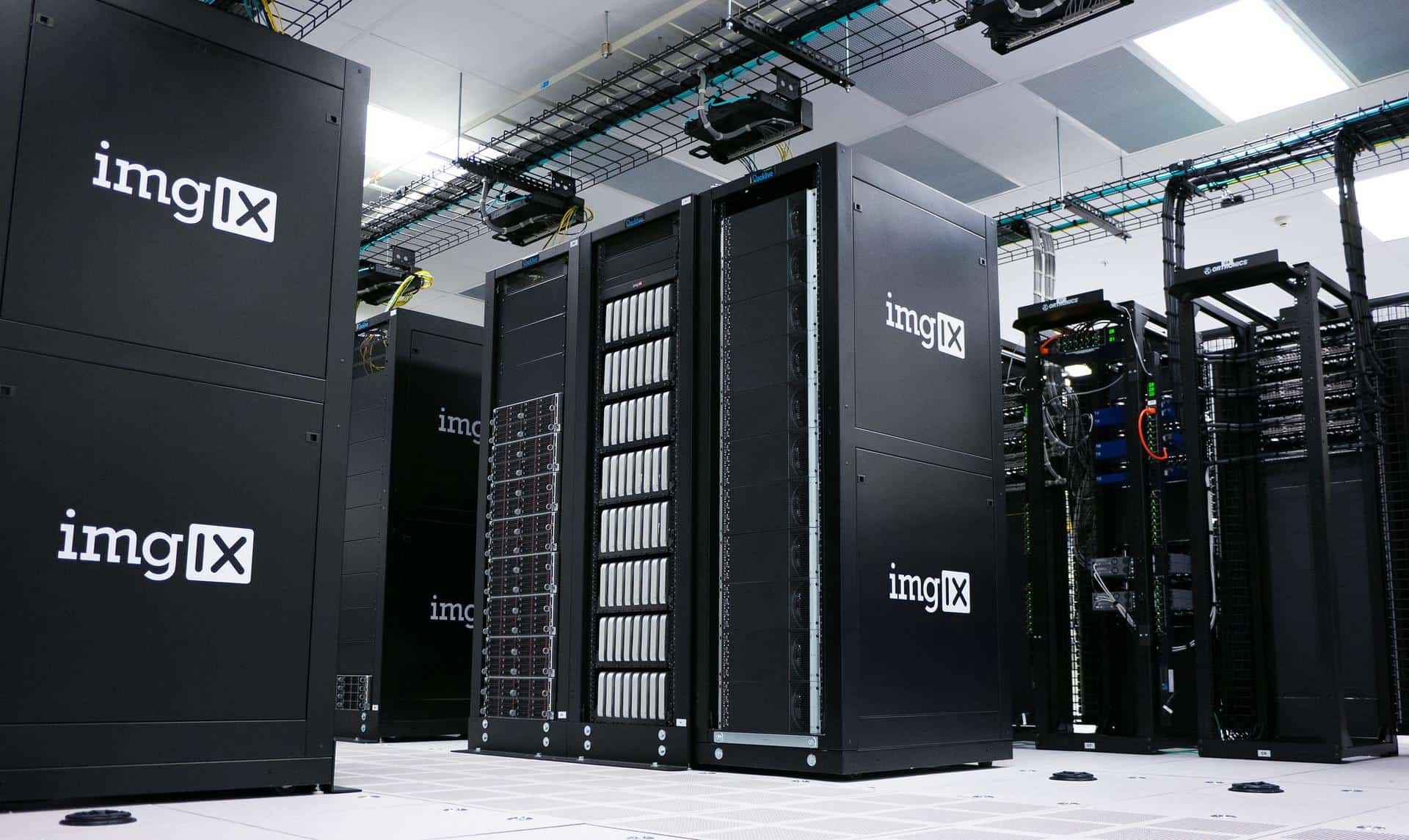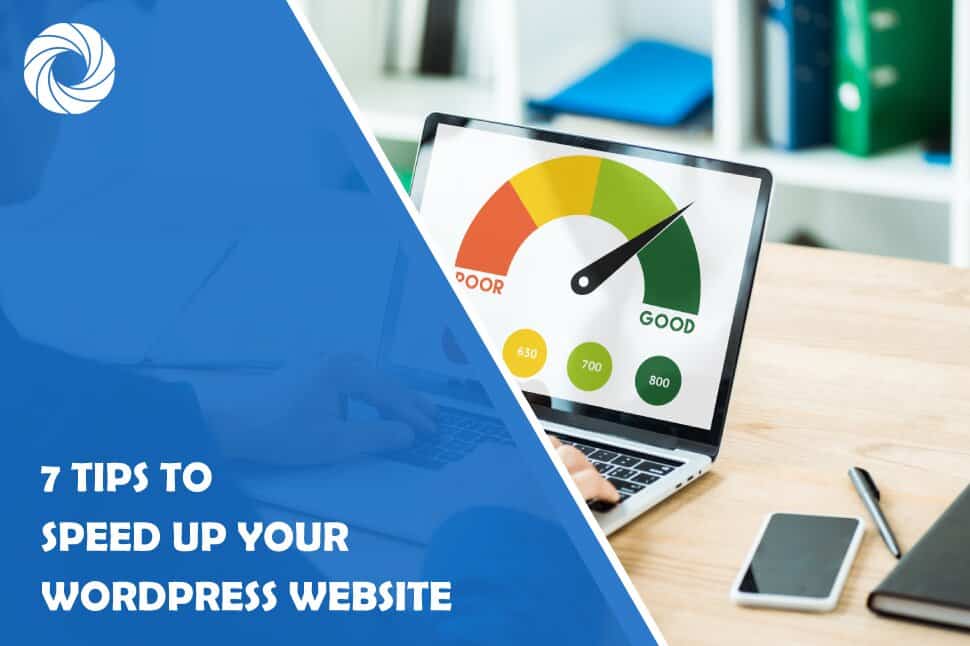Increasing the speed of a website has become a priority for many WordPress site owners these days. Search engines like Google have always prioritized fast-loading websites and ranked them higher than the slow ones.
However, website speed has gained more importance in the upcoming Google update that emphasizes the Core Web Vitals. Slower websites also tend to drive away users increasing the bounce rate and hurting the rankings. Loading speed is crucial for e-commerce websites because online buyers can be quite impatient at times.
Here are some tips that can help you speed up your WordPress site. You need to consider most of these factors before you start building your WordPress website, although you can make these adjustments later as well.
If you are not sure about the steps of creating a WordPress site, you can click here to learn the basic steps of creating an article directory on WordPress. You will also find other resources on the internet to understand the process of building other types of WordPress websites.
Choose a Good Web Hosting Service
Hosting service providers are one of the first factors that can influence the speed of your WordPress website. A shared hosting service may seem like a good idea to start with, especially when you get unlimited bandwidth, storage space, domain name, and more.

There is no way for you to know how many resources those other users might be using or how well the servers can perform with such traffic load. Therefore it is always better to go with a dedicated or VPS web hosting service as you will know for sure what speed you can expect.
Use a Light WordPress Theme
WordPress themes with dynamic elements such as slideshows, widgets, and social media feeds can make your website attractive to the user. However, too many elements can increase the page size and affect the page loading speed.
Therefore it is best if you use lightweight WordPress themes. You can choose one of the default WordPress themes for your website or one that does not have so many elements. You can also check with the WordPress community to get a list of the fastest themes suitable for your website.
Compress Images
Minimize the Size of JS and CSS Files
Most website owners get notified to reduce the JS and CSS file sizes when they check their website speed on Google PageSpeed Insights. When you reduce the number of CSS and JS calls along with the file sizes, you will notice a significant improvement in your website loading speed.
Use a Content Delivery Network
People may visit your WordPress website from different parts of the world. The site loading speed can become slow if the user is located in a faraway country. So if you expect your website to have a global audience, you must use a Content Delivery Network (CDN) to maximize website loading speed in various countries.
A CDN stores a copy of your WordPress site in different data centers around the world. So when a user tries to access your website from a different part of the world, the site will load from the nearest data center.
Use Gzip Compression
Compressing your website files on the server can reduce bandwidth usage significantly and increase your website loading speed. When you use gzip compression for your website, the files remain compressed until a user tries to access them.
The files are decompressed on their website browser. You can use a WordPress plug-in that enables gzip compression or make changes to the code in your hypertext access file.
Turn Off Trackbacks and Pingbacks
Trackbacks and pingbacks are core elements of WordPress sites that can notify you when a page on your website receives a link. You may feel that they are a crucial aspect of your WordPress site, but you can achieve the same objective using Google Webmaster Tools and other online services.
Trackbacks and pingbacks can put a lot of stress on your server, which can slow down your website speed. Moreover, these functionalities are also popular amongst hackers to target websites using DDoS attacks.
There are several other ways to make your WordPress site faster, such as advanced caching, deactivating/uninstalling unnecessary plug-ins, minimizing externals scripts, and cleaning up your WordPress database.
The methods you choose will depend on the nature of your WordPress site. But you must devise a plan to reduce your website loading speed if you want a better user experience and search ranking.
